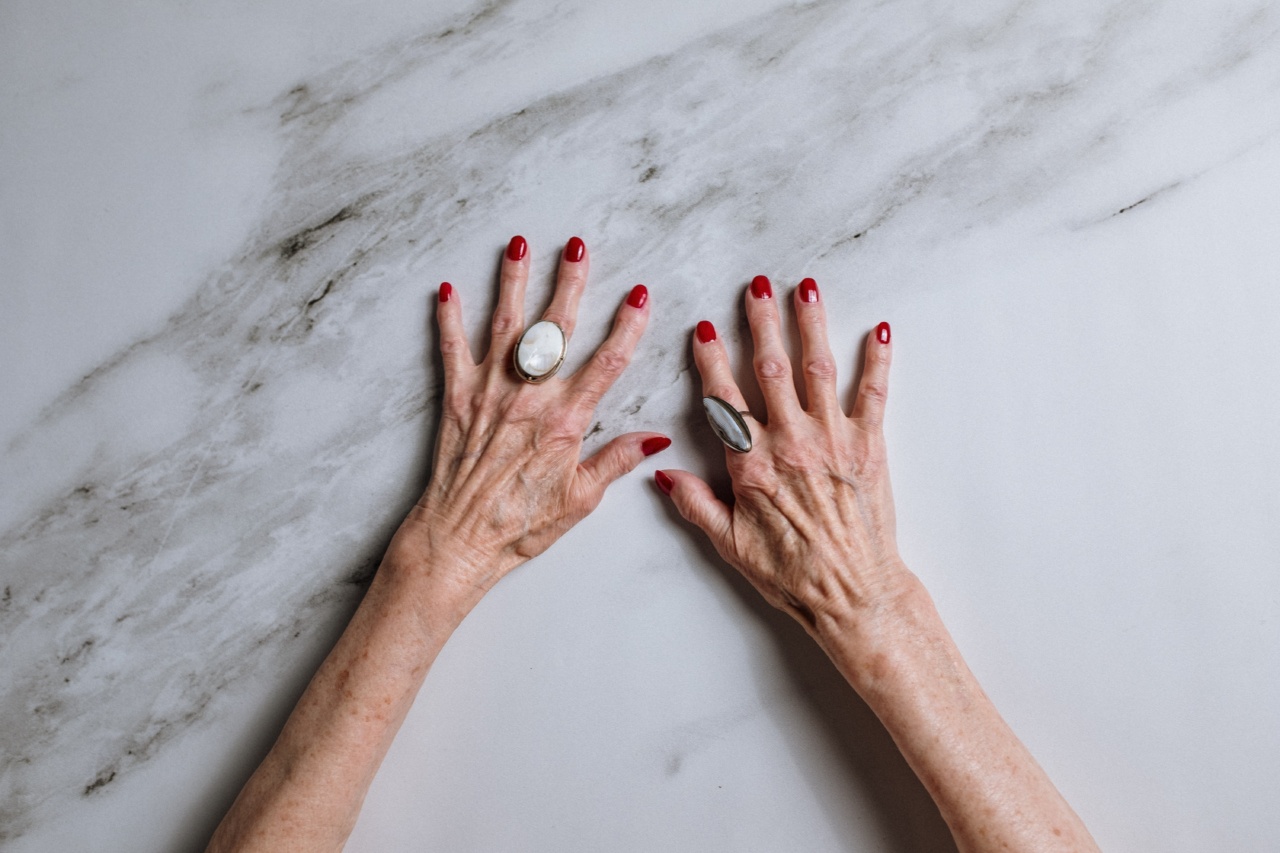Hypertension, commonly known as high blood pressure, is a chronic medical condition that affects a significant portion of the global population.
It occurs when the force of blood against the walls of the arteries is consistently too high, leading to potential damage to various organs and tissues in the body. While hypertension primarily affects internal organs such as the heart, kidneys, and brain, it can also manifest visible changes in the skin.
In this article, we explore the relationship between hypertension and skin changes, including the age at which these changes may become visible.
How Does Hypertension Affect the Skin?
Before delving into the age at which hypertension may cause visible skin changes, it’s important to understand how high blood pressure affects the skin.
Hypertension can lead to various skin manifestations due to the impact it has on blood vessels and circulation.
Impact on Blood Vessels
Hypertension can damage the walls of blood vessels, leading to a condition known as vascular fragility. This fragility can cause small blood vessels in the skin to rupture easily, resulting in tiny red spots called petechiae.
Petechiae may appear on the legs, face, and other parts of the body, and their presence may indicate uncontrolled high blood pressure.
Increased Risk of Bruising
In addition to petechiae, hypertension can increase the risk of bruising. When blood vessels become weakened due to high blood pressure, even minor trauma or pressure can cause them to rupture, leading to the appearance of bruises.
These bruises may take longer to heal compared to those seen in individuals with healthy blood vessels.
Worsening of Existing Skin Conditions
Hypertension can also worsen certain pre-existing skin conditions, such as psoriasis and eczema.
The link between high blood pressure and these skin conditions is not yet fully understood, but it is believed that the chronic inflammation associated with hypertension can exacerbate symptoms and lead to more severe flare-ups.
Age-Related Changes in the Skin
The appearance of the skin changes naturally as we age, with various factors influencing the process.
While hypertension can contribute to certain skin changes, it’s important to note that not all observable skin changes are solely attributed to high blood pressure. The age at which hypertension may cause visible skin changes can vary depending on the individual and other factors.
Impact of Hypertension on Skin with Aging
As individuals age, the skin naturally undergoes several changes. The effects of hypertension on these age-related changes can become more pronounced in individuals with uncontrolled high blood pressure.
Wrinkles and Fine Lines
One of the most common visible signs of aging skin is the development of wrinkles and fine lines. Hypertension can accelerate the process of skin aging and may contribute to the earlier onset and increased severity of these skin creases.
The effects of high blood pressure on the skin’s collagen and elastin fibers, which provide strength and elasticity, can cause the skin to lose its firmness and resilience.
Dryness and Dehydration
Dehydration is a common concern among individuals with hypertension. High blood pressure can lead to increased fluid loss through excessive urination and sweating.
This loss of moisture can result in dryness and dehydration of the skin, making it appear dull, flaky, and rough.
Dark Circles and Puffy Eyes
Hypertension can contribute to the appearance of dark circles and puffy eyes. The increased pressure in blood vessels can cause fluid retention, leading to swelling around the eyes.
As a result, the skin in this area may appear darker and exhibit puffiness.
Redness and Flushing
In some individuals, hypertension can cause facial redness and flushing. The elevation of blood pressure can affect blood flow to the skin, resulting in noticeable redness, particularly on the face.
This effect may be more evident in people with underlying skin conditions, such as rosacea.
Psoriasis and Hypertension
Psoriasis is a chronic autoimmune skin condition characterized by red, scaly patches on the skin’s surface.
While the exact link between hypertension and psoriasis is not well-established, there is evidence suggesting that the two conditions may be interconnected. It is believed that the inflammation accompanying hypertension can worsen psoriasis symptoms and trigger more frequent flare-ups.
Hypertension Medications and Skin Changes
In addition to the direct effects of hypertension on the skin, certain medications used to manage high blood pressure can also cause skin changes.
It is important to note that not all antihypertensive medications have the same impact, and individual responses may vary.
Conclusion
Hypertension is a condition that can lead to various changes in the skin. From petechiae and increased bruising to exacerbation of existing skin conditions, high blood pressure can impact the skin’s appearance and health.
The age at which visible skin changes occur as a result of hypertension can vary among individuals and may be influenced by factors such as genetics, lifestyle, and overall health. Regular blood pressure monitoring, maintaining a healthy lifestyle, and seeking medical advice for hypertension management are crucial steps in reducing the risk of skin changes associated with high blood pressure.




























